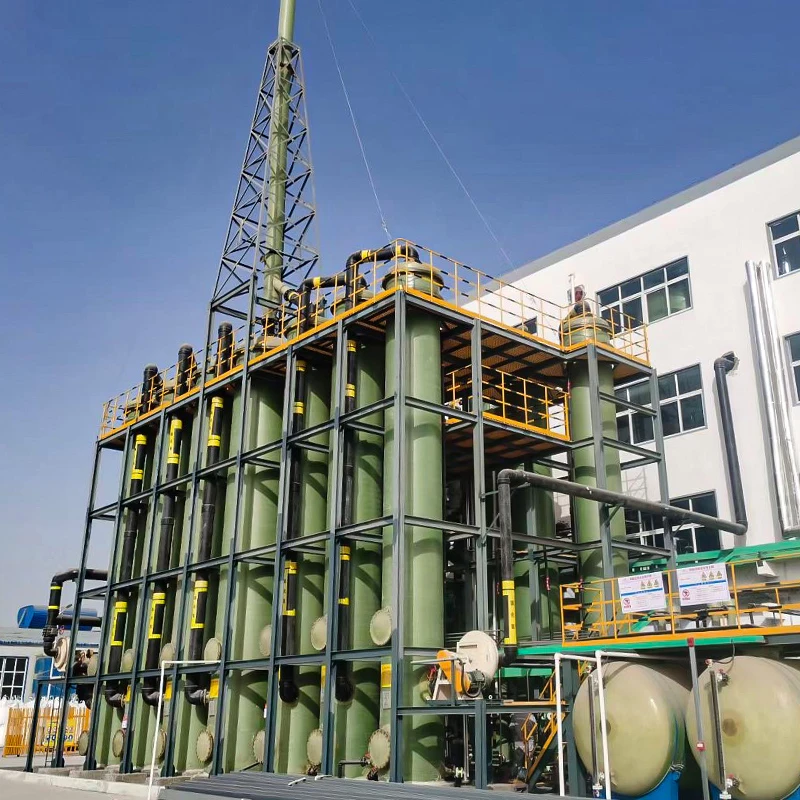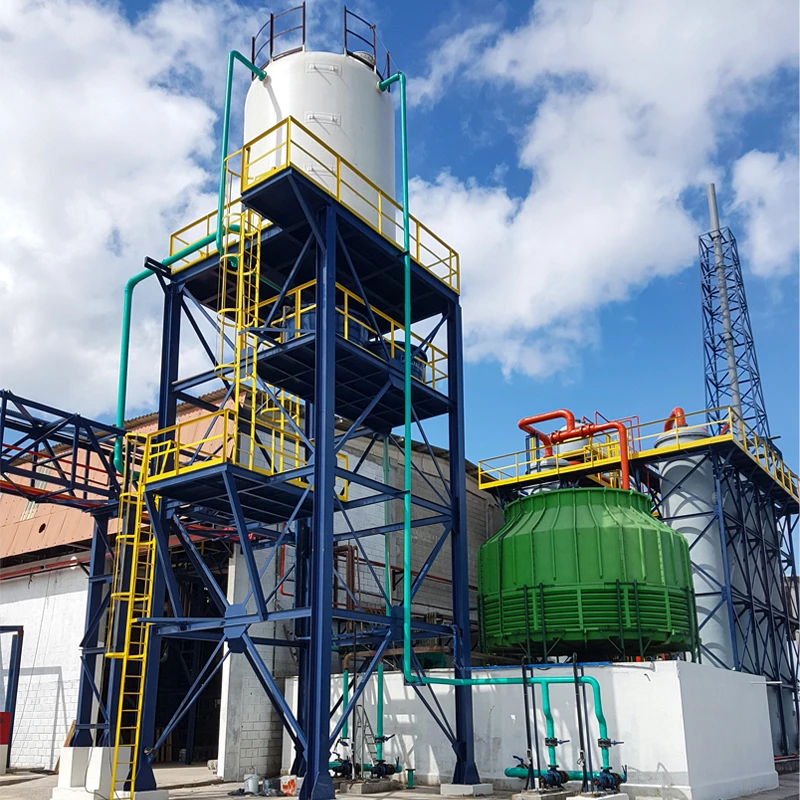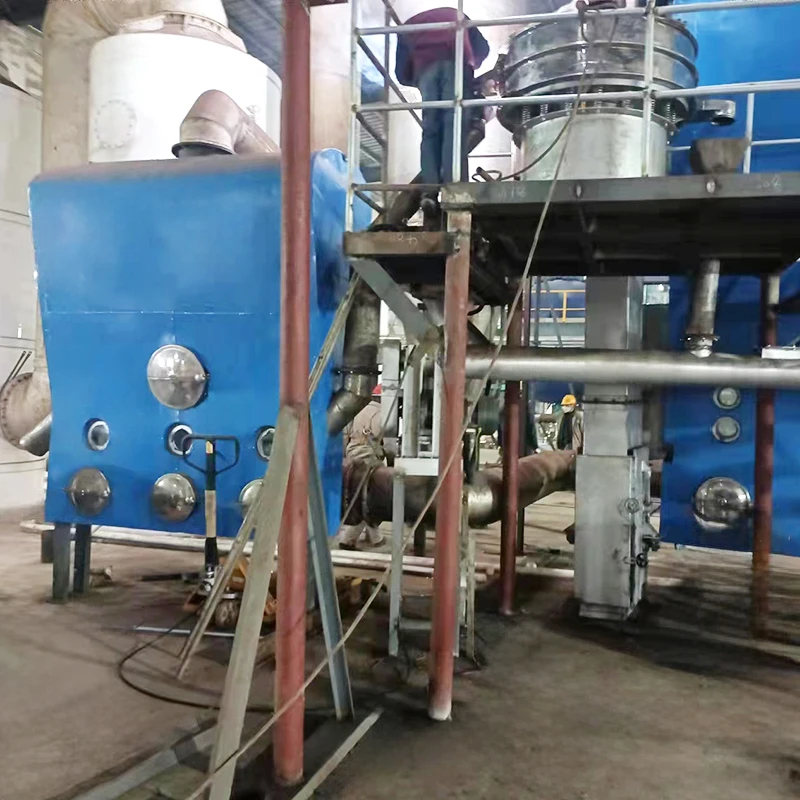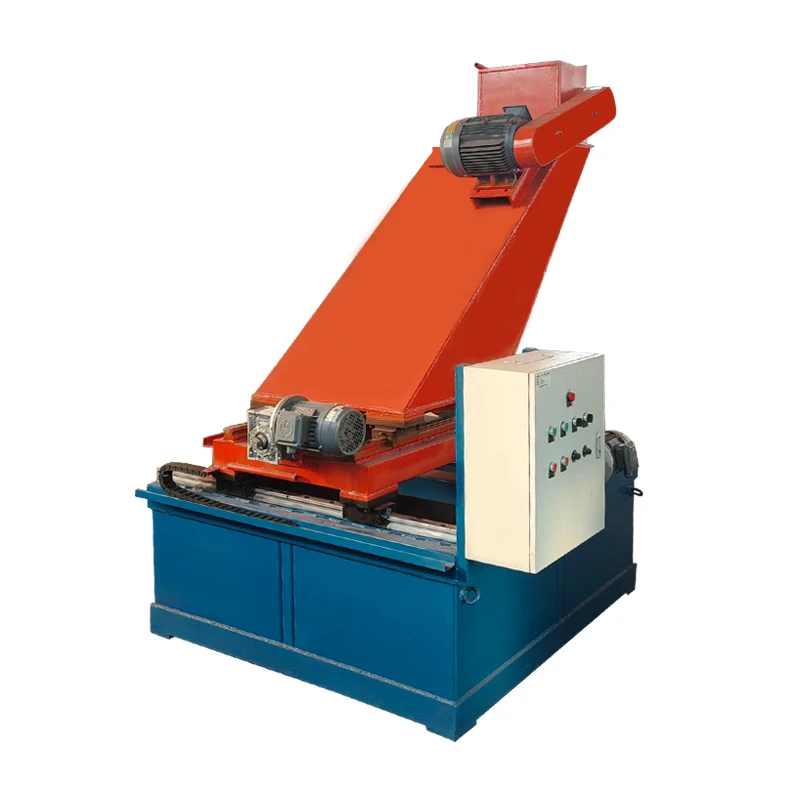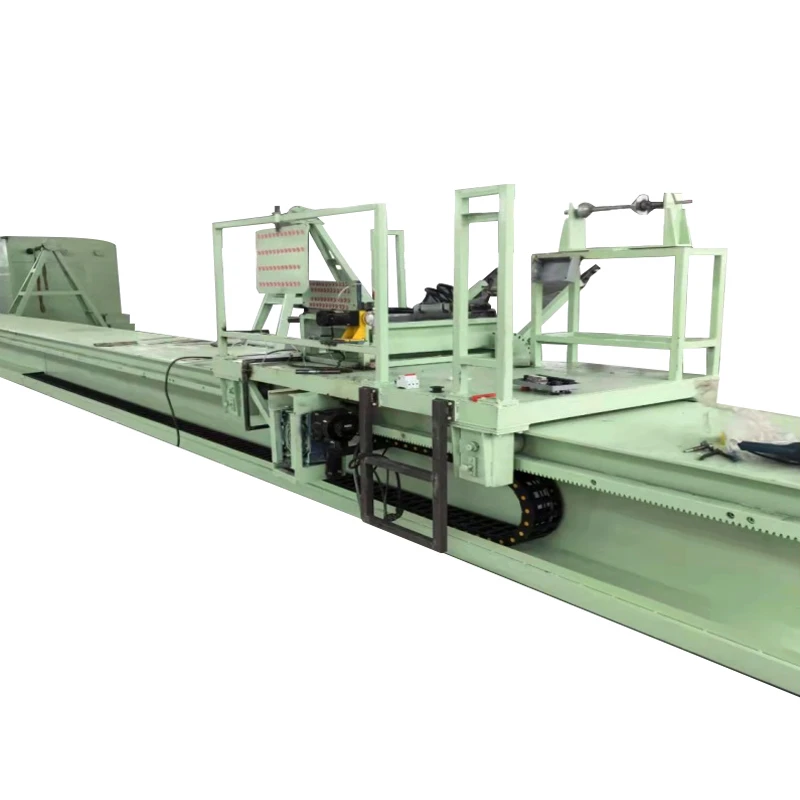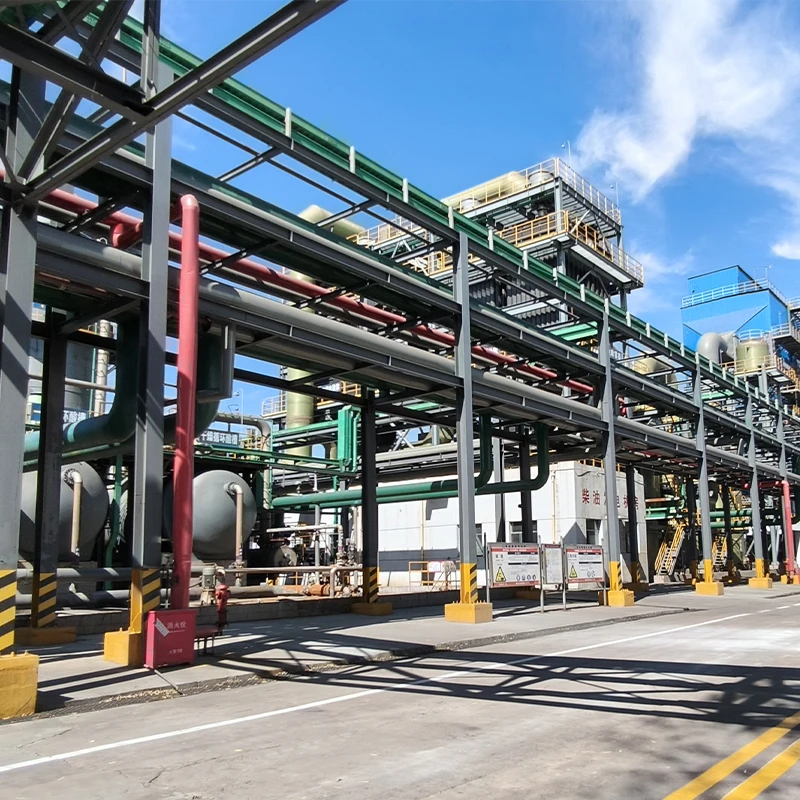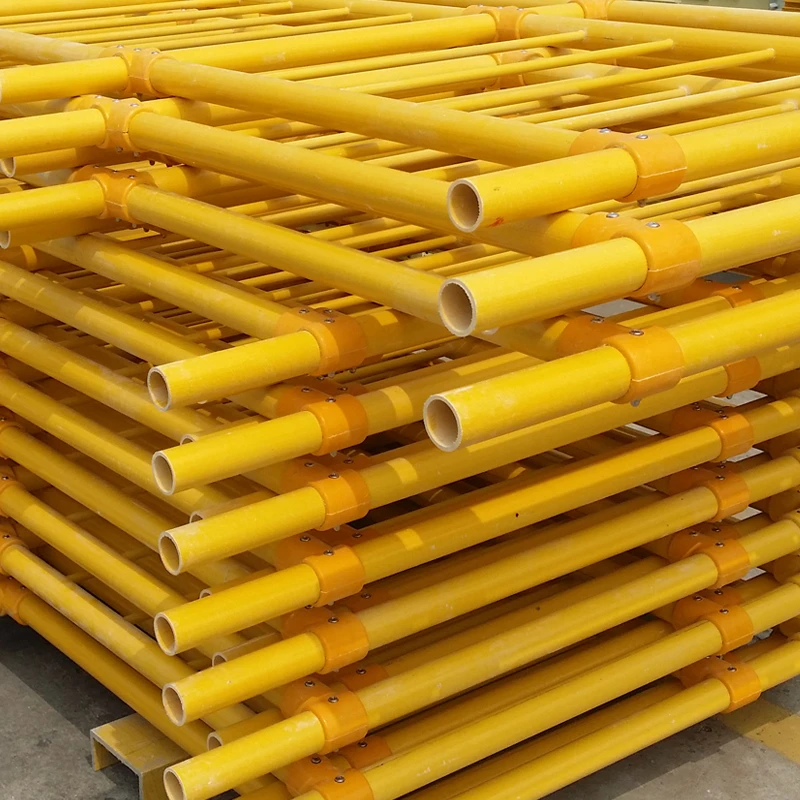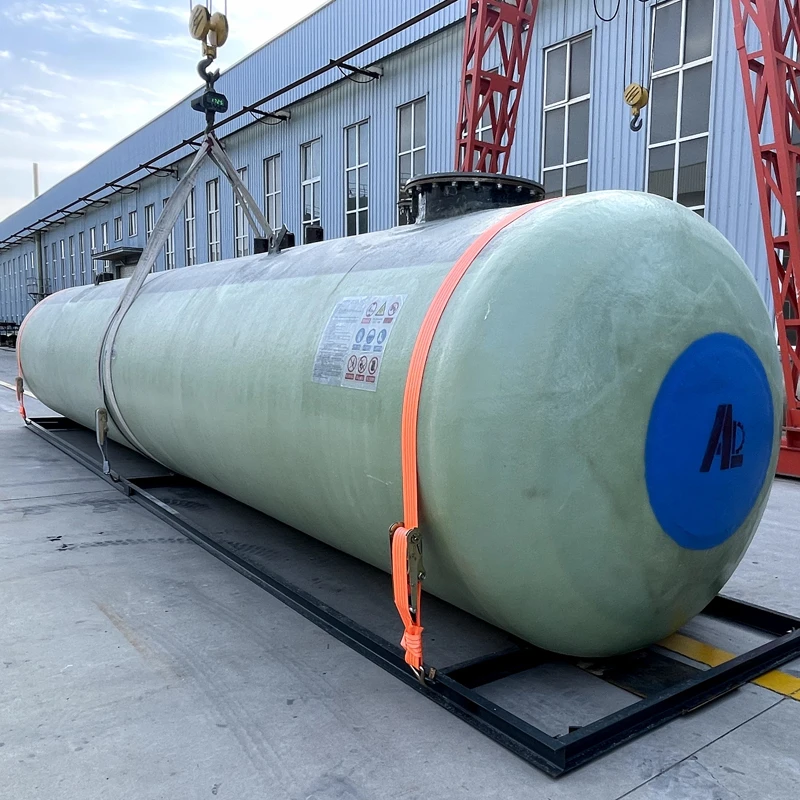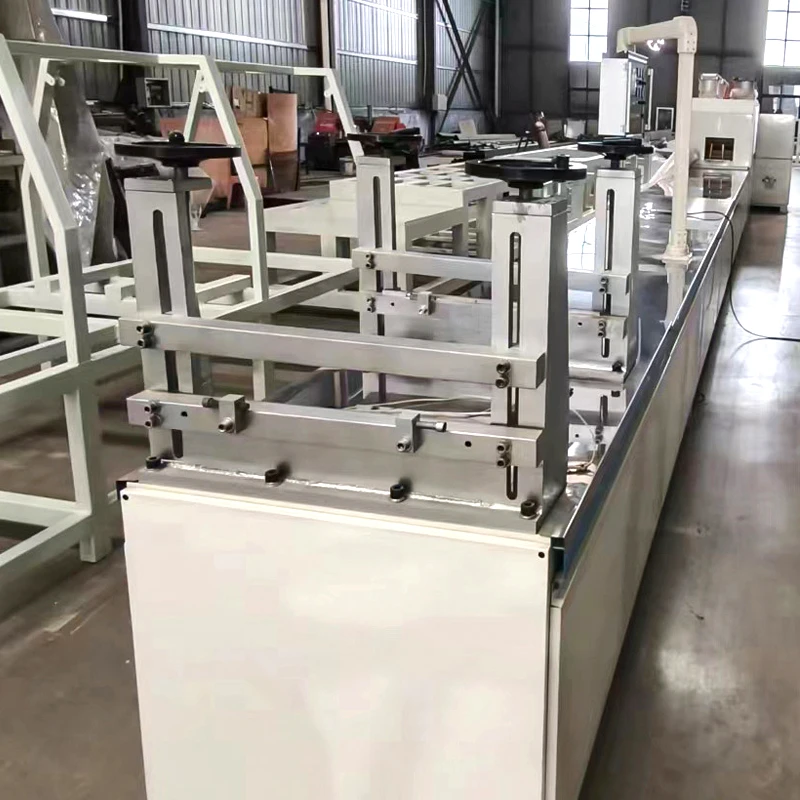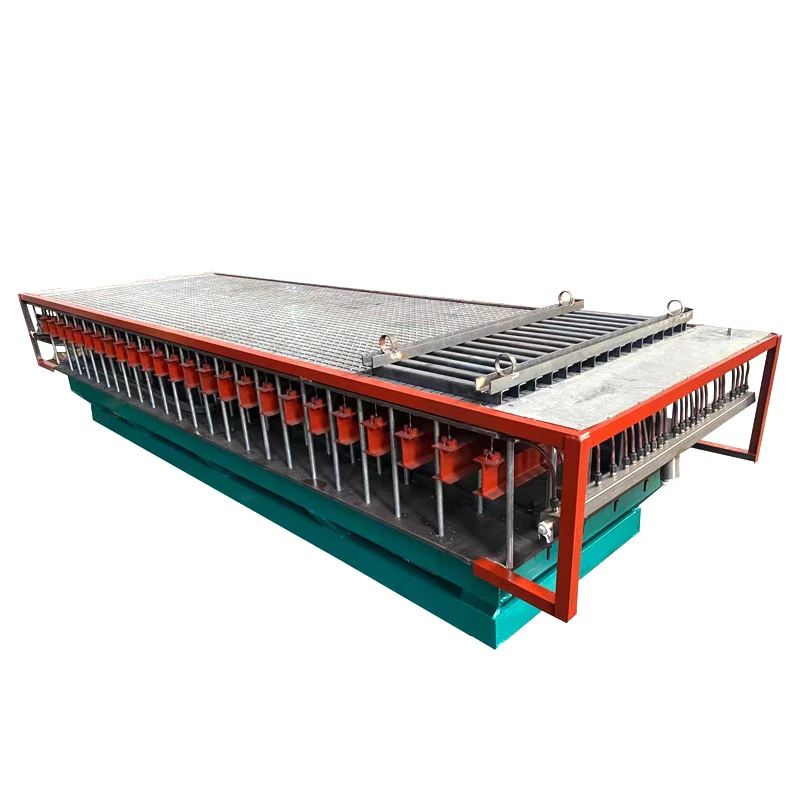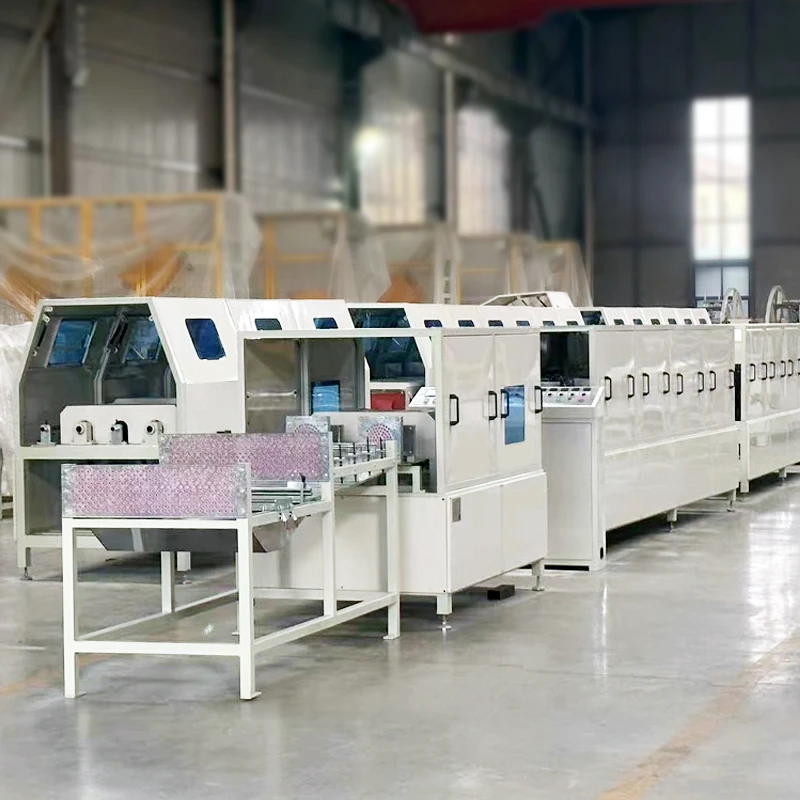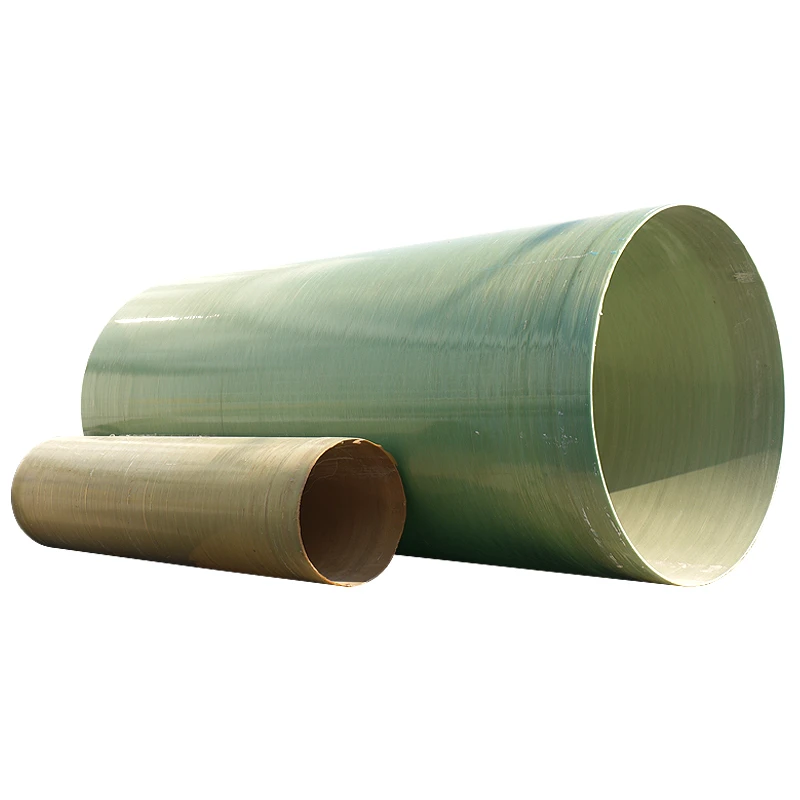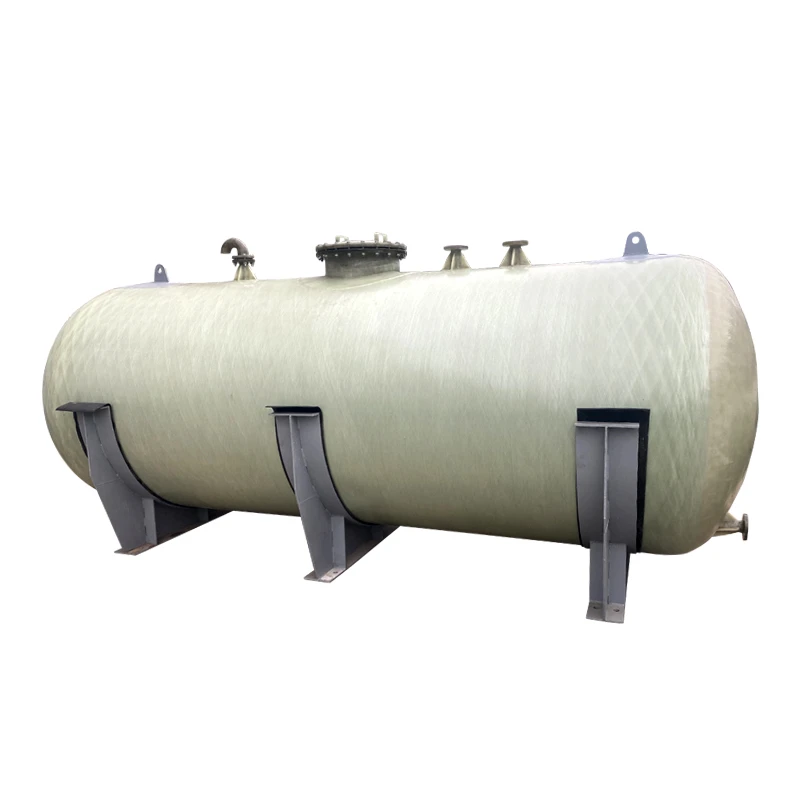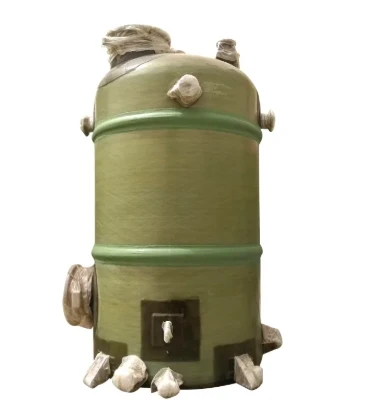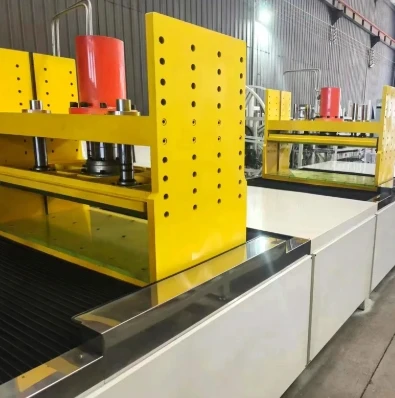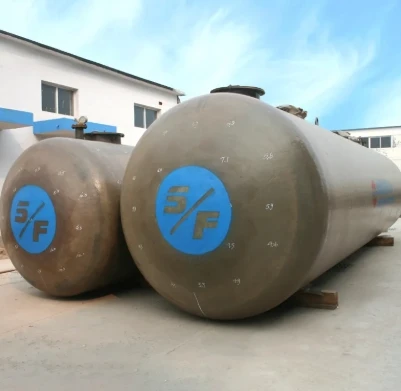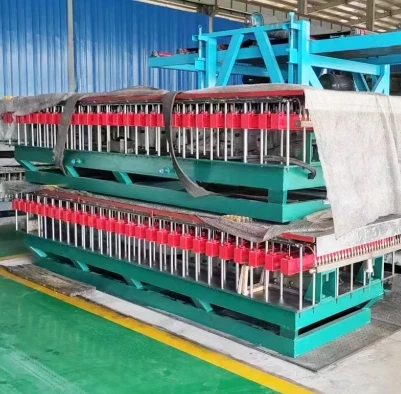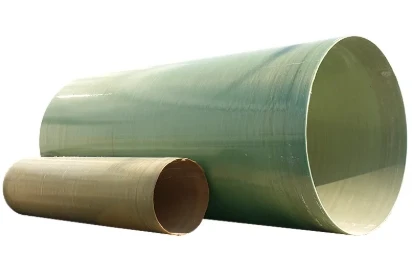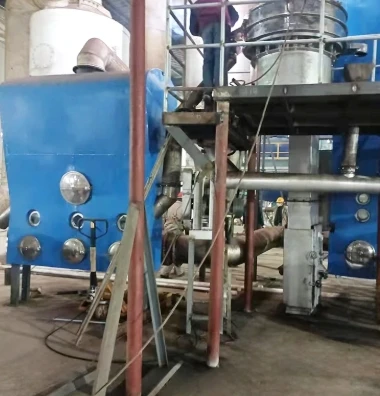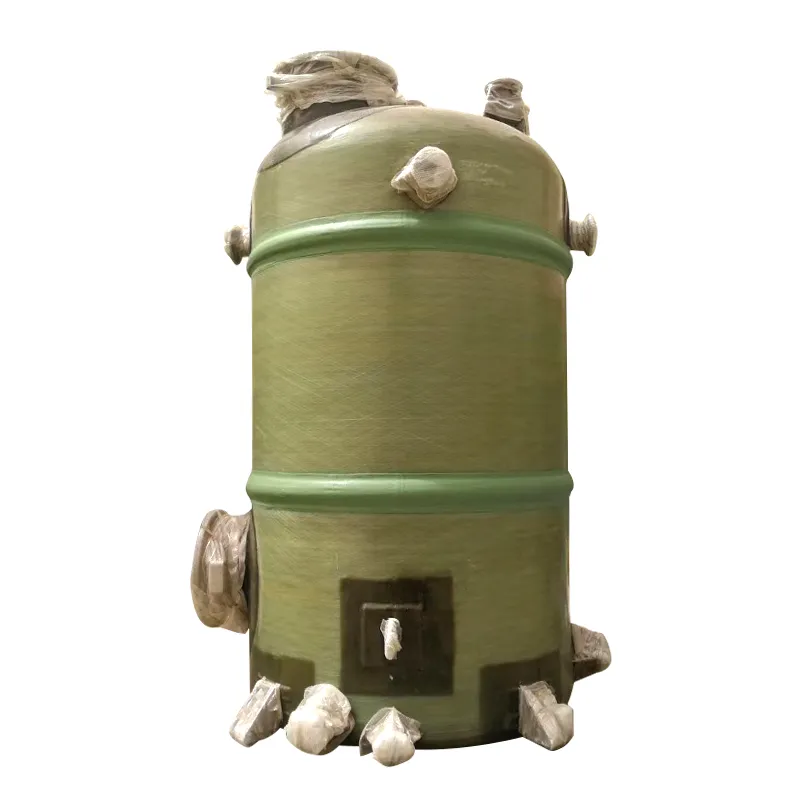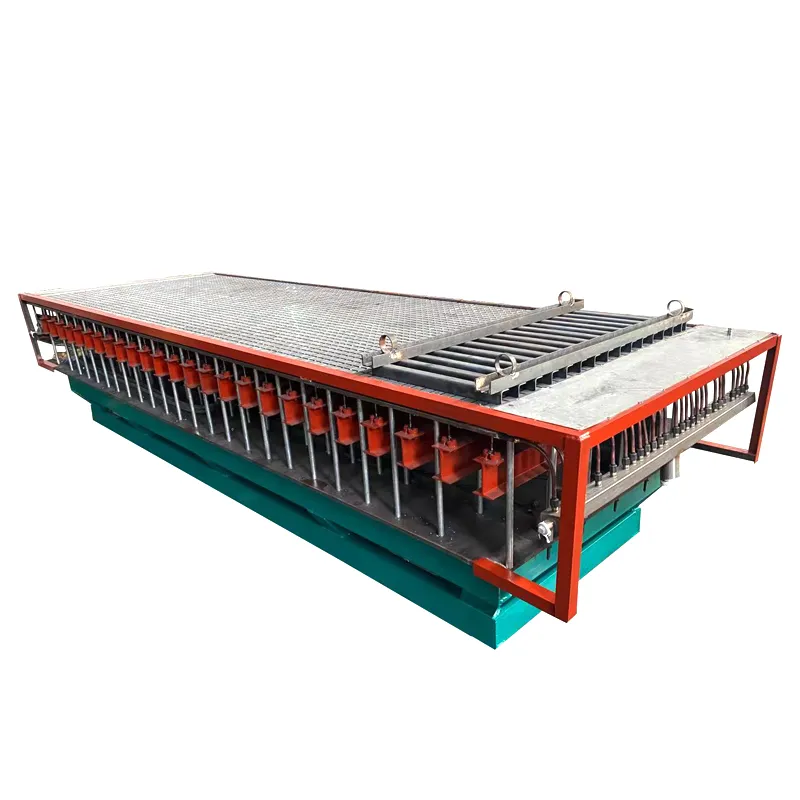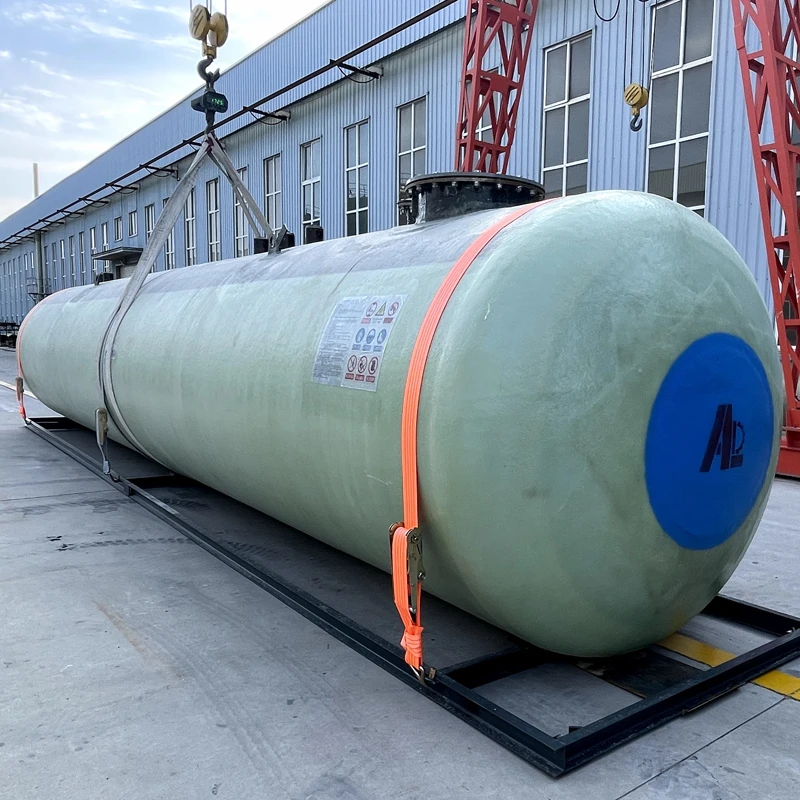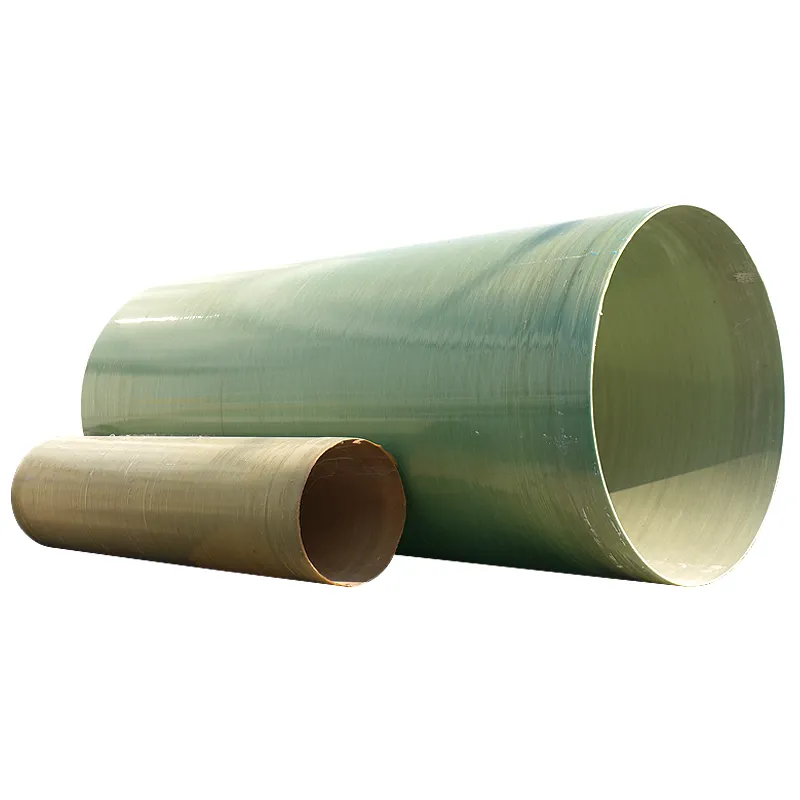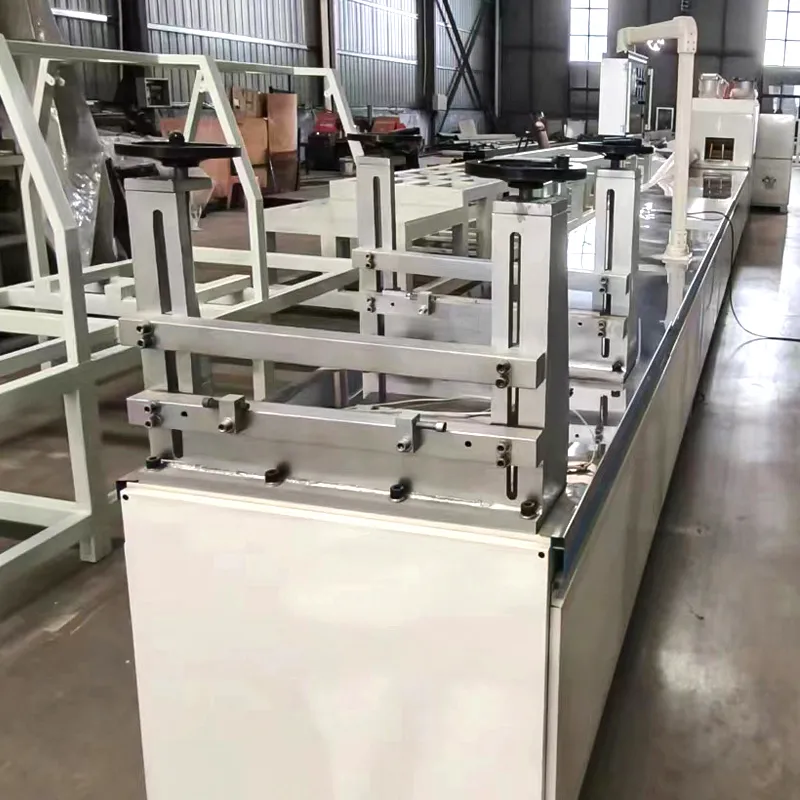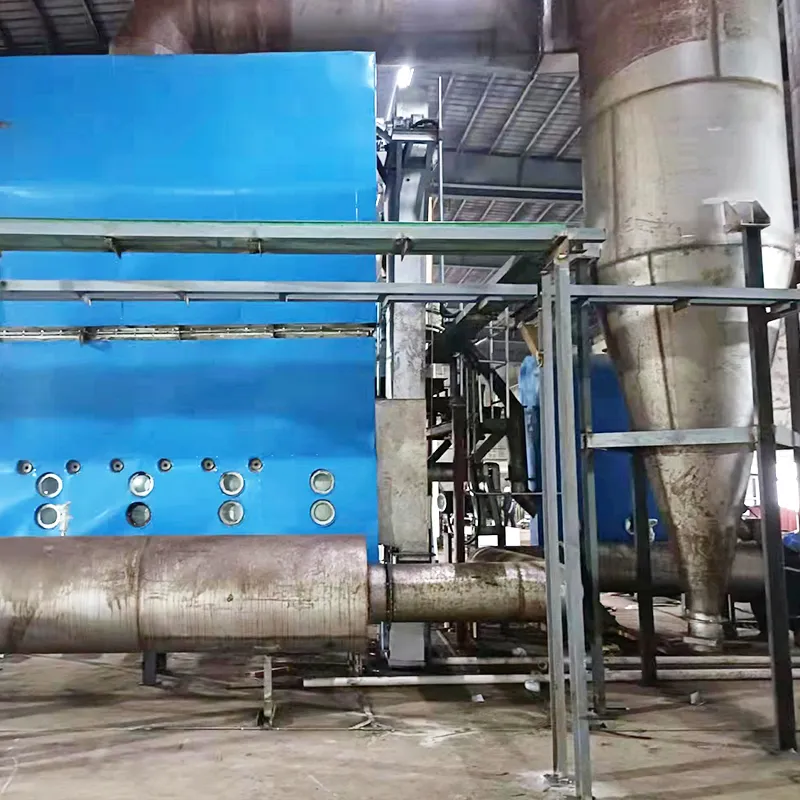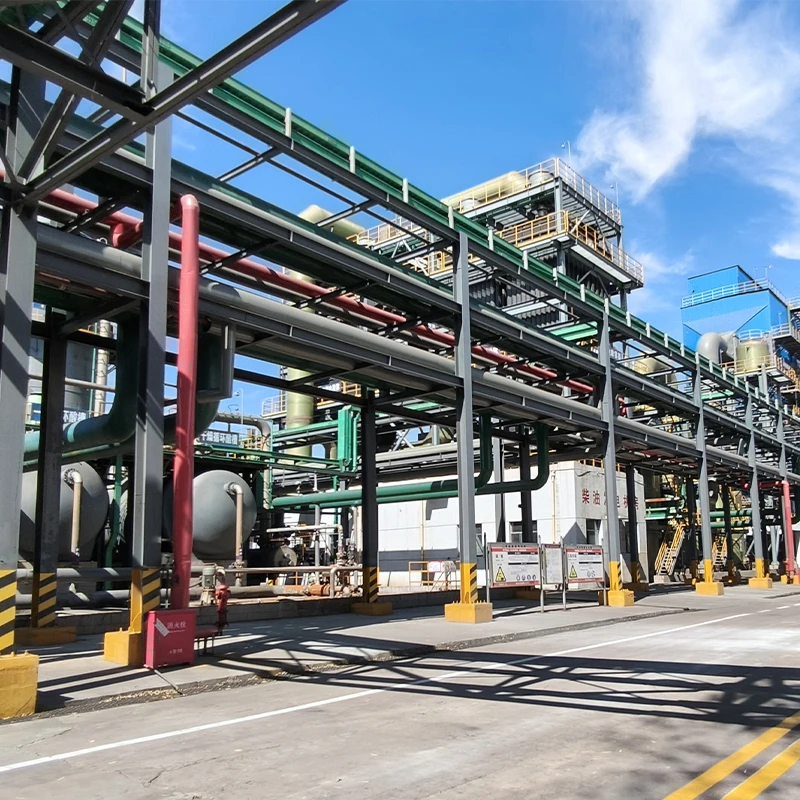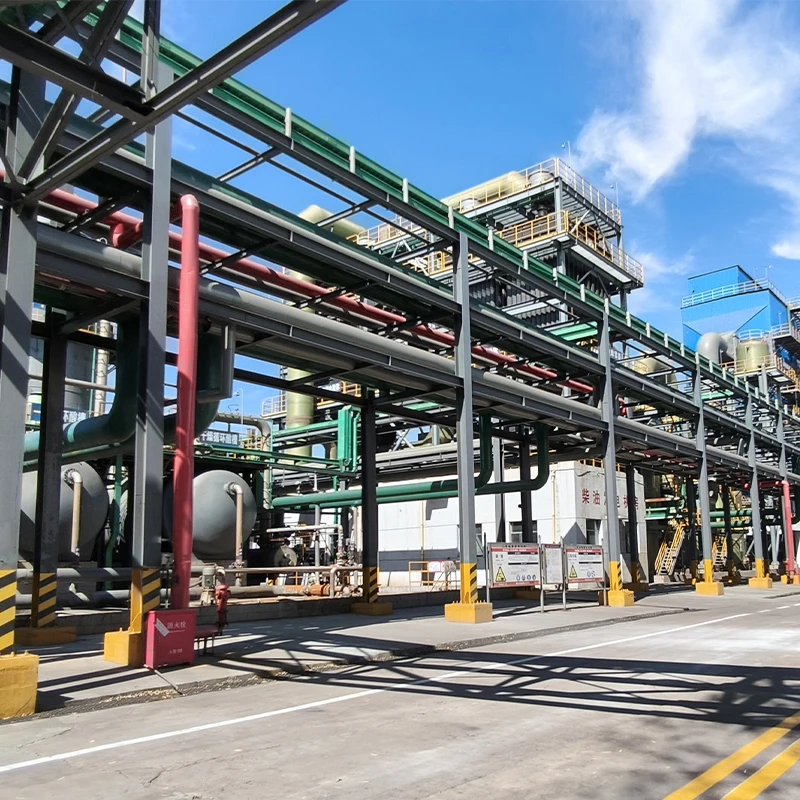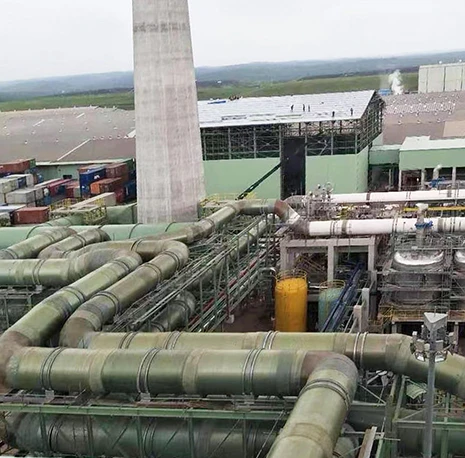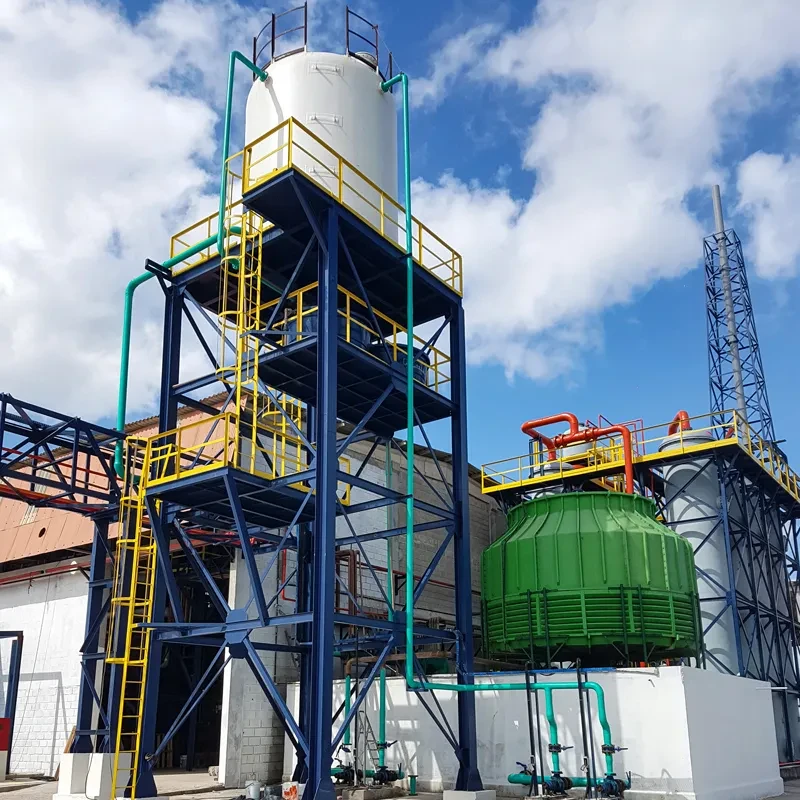Why FRP Tank Solutions Are Revolutionizing Chemical Storage Nationwide
Modern chemical storage is entering a new era—and at the center of it is the FRP Tank, a robust and chemically resistant vessel that offers outstanding performance, durability, and customization. Unlike traditional metal or plastic containers, FRP Tank products are engineered using advanced composite materials, enabling them to resist corrosion, handle high pressure, and deliver decades of maintenance-free service. For clients seeking safe and cost-effective containment, today's FRP Tank manufacturer landscape offers smarter solutions than ever before.
Unrivaled Manufacturing Methods Behind Every FRP Tank
The production process of an FRP Tank plays a critical role in defining its strength and longevity. Industry leaders adopt two primary methods: filament winding and hand lay-up. In filament winding, continuous glass fibers are impregnated with resin and wound under high tension over a rotating mandrel to create a uniform and high-strength frp vessel wall. This technique ensures consistency, enhanced pressure resistance, and an ultra-smooth interior surface that prevents chemical buildup.
Hand lay-up, on the other hand, is used for complex shapes and custom applications. Layer by layer, resin and reinforcement materials are carefully applied and cured to meet specific structural and chemical resistance requirements. Regardless of method, every FRP Tank undergoes meticulous testing, including hydrostatic pressure testing, resin curing quality checks, and thickness inspections to ensure safety and quality.
With increasing innovation in resin formulations and curing systems, the manufacturing of fiberglass tanks for sale is becoming more precise, resulting in lighter yet stronger storage tanks that outperform legacy solutions in every aspect.
Understanding the Range of FRP Tank Types Available Today
One of the most attractive features of the FRP Tank product line is its versatility. Whether it's vertical, horizontal, spherical, or custom-designed for underground installation, the shape and configuration of the frp vessel can be adjusted to perfectly match project requirements. There are single-wall and double-wall variants, pressure tanks and atmospheric tanks, and tanks equipped with integrated nozzles, manholes, or baffles for agitation.
Common types include chemical storage tanks, septic tanks, water treatment vessels, and scrubbers—all made from corrosion-resistant materials. Some FRP Tank manufacturer facilities even offer specialty designs like dual-laminate tanks, where a thermoplastic liner is combined with a fiberglass-reinforced outer shell for added chemical compatibility. No matter the use case, fiberglass tanks for sale can be engineered to accommodate hazardous, acidic, or alkaline contents safely and reliably.
The diversity of tank types enhances their application in virtually every industrial sector, making FRP Tank solutions an indispensable component of modern infrastructure.
Unmatched Benefits of FRP Tank Use in the Chemical Industry
The chemical industry relies heavily on the containment of aggressive substances—from hydrochloric acid to caustic soda. Traditional tanks made of steel or polyethylene often suffer from rapid corrosion, leading to leaks, environmental hazards, and frequent downtime. The FRP Tank, however, resists even the harshest chemicals due to its inert resin lining and high mechanical strength.
In chemical processing plants, frp vessel installations can be found in storage yards, reaction units, neutralization systems, and effluent treatment areas. These tanks operate under both atmospheric and pressure conditions, maintaining structural integrity despite high temperatures and corrosive vapors.
Furthermore, many FRP Tank manufacturer companies now offer UV-resistant and fire-retardant models, ensuring safe performance even under outdoor or high-risk installations. With customizable features like reinforced domes, anti-static linings, and real-time monitoring ports, fiberglass tanks for sale offer a comprehensive solution for modern chemical applications.
The low FRP Tank price compared to stainless steel—combined with its extended lifespan—makes it a top-tier option for storage and safety in sensitive chemical environments.
Why Choosing the Right FRP Tank Manufacturer Matters
A high-performance FRP Tank starts with a trustworthy FRP Tank manufacturer. Industry-leading suppliers adhere to strict international standards (such as ASTM, ISO, or BS) and integrate state-of-the-art machinery to deliver consistent quality. In addition to offering structural warranties and custom engineering, these manufacturers provide expert consultation on selecting the proper resin system based on chemical compatibility, temperature, and usage conditions.
Advanced FRP Tank manufacturer capabilities now include CAD-driven mold design, robotic filament winding, and vacuum-assisted resin transfer molding—all of which lead to more durable and dimensionally stable products. Moreover, responsive after-sales support, including field testing and installation guidance, ensures long-term tank performance.
For clients comparing FRP Tank price and value, working with a qualified manufacturer ensures your tank isn’t just cost-effective—it’s also certified safe, efficient, and tailored to your operation.
FRP Tank FAQs
What manufacturing method is best for FRP Tank durability?
Filament winding is the most durable manufacturing method for a FRP Tank, offering high tensile strength and resistance to internal pressure. It's ideal for industrial and chemical applications requiring long-term performance.
What types of frp vessel are available?
Common frp vessel types include vertical and horizontal tanks, pressure tanks, chemical scrubbers, and septic tanks. Customizations like dual-laminate linings or integrated piping are also widely available.
How is FRP Tank used in chemical industries?
FRP Tank systems are used to store acids, alkalis, solvents, and other aggressive chemicals. Their corrosion-resistant nature makes them ideal for reactors, neutralizers, and chemical storage units.
What is the expected lifespan of fiberglass tanks for sale?
Fiberglass tanks for sale can last 25 to 50 years depending on resin type, chemical exposure, and operational pressure. They require minimal maintenance and are less prone to failure than metal alternatives.
How does FRP Tank price compare with other materials?
While the initial FRP Tank price may be higher than plastic tanks, it is significantly lower than stainless steel. The long-term durability, low maintenance, and chemical resistance make it more cost-effective over time.

